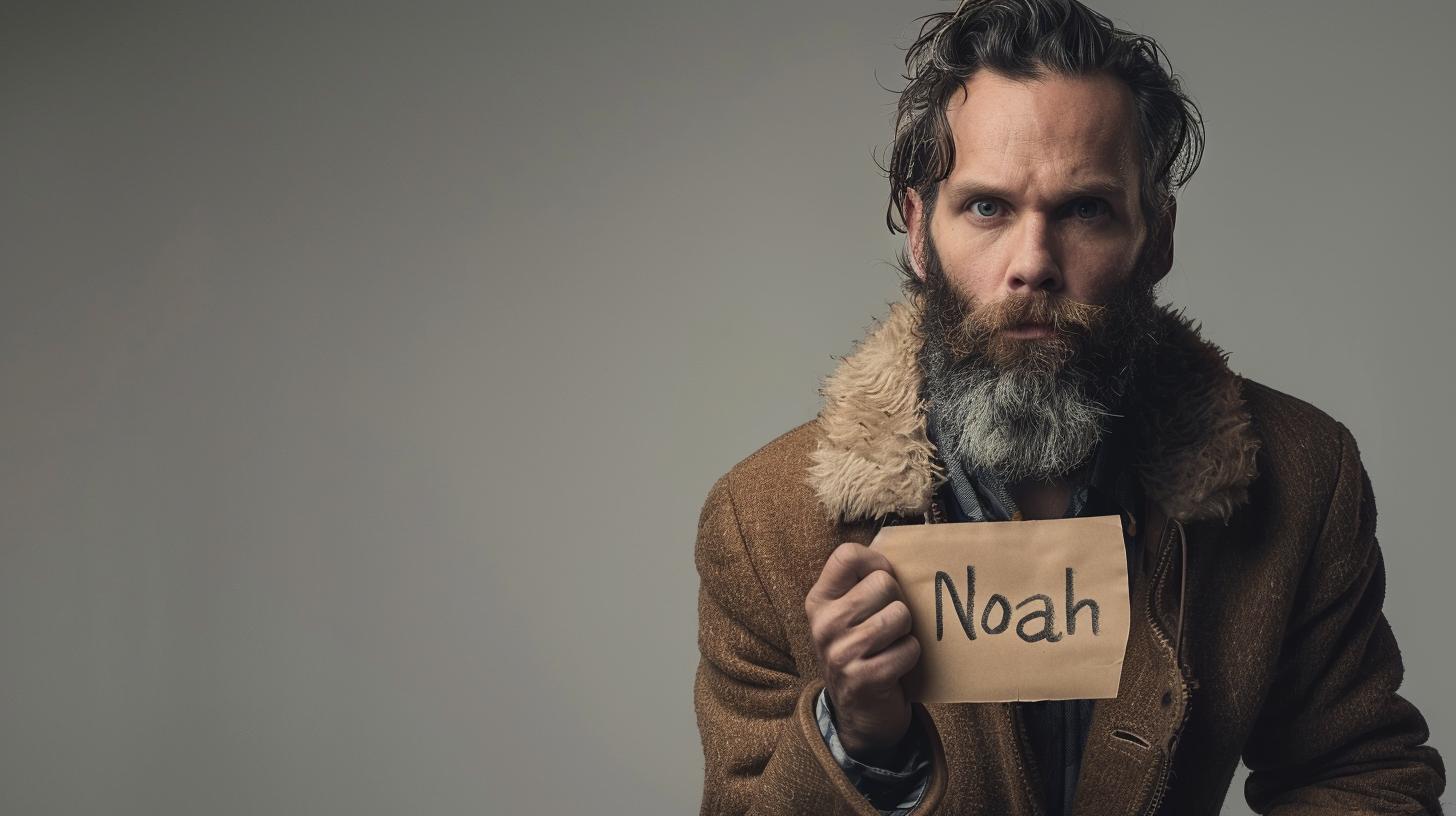An exhibition titled "Queer Love," currently held at the Stephen Friedman Gallery in New York, presents a unique and intimate glimpse into queer erotica created in 1940s and 1950s England by the artist Duncan Grant (1885-1978). This display marks the first time Grant’s delicate and groundbreaking coloured pencil drawings have been shown outside of the UK. The works were originally shared discreetly between Grant and his friend, painter Edward Le Bas, tucked away in a folder labelled “very private.” Though believed destroyed after Le Bas’s death, these drawings were preserved in private hands for over six decades before being entrusted to the UK charity Charleston.
The exhibition, which opened to the public on April 17, 2025, is curated by Jon Horrocks, Director at Stephen Friedman Gallery, who explains that the project stemmed from a visit to Charleston in East Sussex in 2023. "We were completely bowled over," Horrocks said, describing how a selection of Grant's drawings captivated him and gallery director Stephen Friedman. The show's intent, Horrocks elaborated, is to place Grant’s nearly forgotten works into contemporary context by pairing them with pieces from ten present-day LGBTQ+ artists. These artists include Soufiane Ababri, Leilah Babirye, Anthony Cudahy, Kyle Dunn, Alex Foxton, Jonathan Lyndon Chase, Wardell Milan, Sola Olulode, Tom Worsfold, and Jimmy Wright. Their artworks respond to Grant’s historic drawings—many inspired by Roman mythology and mid-20th century bodybuilding imagery—exploring queer desire, intimacy, and visibility.
Grant’s drawings notably include depictions of interracial queer couples, a bold statement during a period when homosexuality was criminalised in England. Horrocks highlighted the radical nature of this portrayal: "The furore that would have erupted if they’d been discovered at the time they were made would have been astronomical." In addition to these historical works, the exhibition showcases contemporary pieces such as those by Jonathan Lyndon Chase, whose portrayals of the queer body celebrate “the beauty of being both sensual and oversized.” The juxtaposition emphasises the enduring strength and diversity of queer intimacy across generations.
Many of these drawings were kept hidden for decades, passed discreetly among lovers and friends. The final custodian, Norman Coates, preserved nearly 400 drawings under his bed before gifting them to Charleston in 2020. Horrocks recalled Coates’ remark upon handing over the collection: "I’m not going back in the closet, and neither are the drawings!" This act of preservation has granted the drawings a new life, now allowing a wider audience to engage with these expressions of queer love at a time when LGBTQ+ rights and identities remain topics of cultural and political significance.
Horrocks, whose curatorial interests focus on amplifying marginalised voices, underscored the importance of documenting queer artists. “Sexual pleasure has long been a frontier of queer liberation, a defining feature of what it means to live and express ourselves freely, and [Grant’s] drawings capture something of this radical joy,” he noted, quoting queer writer Jack Parlett from the exhibition’s accompanying booklet.
Ethical presentation was a key curator concern, with the gallery issuing warnings about sensitive content and working closely with Charleston – Grant’s former home and central to the Bloomsbury Group – which endorses the display as guardians of his legacy. The exhibition aims both to celebrate how cultural attitudes towards homosexuality have evolved and to tenderly depict gay relationships that transcend mere eroticism. Horrocks contrasted Grant’s tender approach to sexuality with other 20th century portrayals, such as the hyper-masculine work of Tom of Finland. “At the end of the day, I believe that these drawings are predicated on love,” he said.
"Queer Love" offers a rich historical and contemporary reflection on queer intimacy, sexuality, and identity from a place of authenticity and lived experience, rather than external interpretation or sensationalism. The exhibition runs until May 21, 2025, at the Stephen Friedman Gallery’s New York location, providing an opportunity for audiences to engage with works celebrating queer love’s enduring presence and power.
Source: Noah Wire Services
